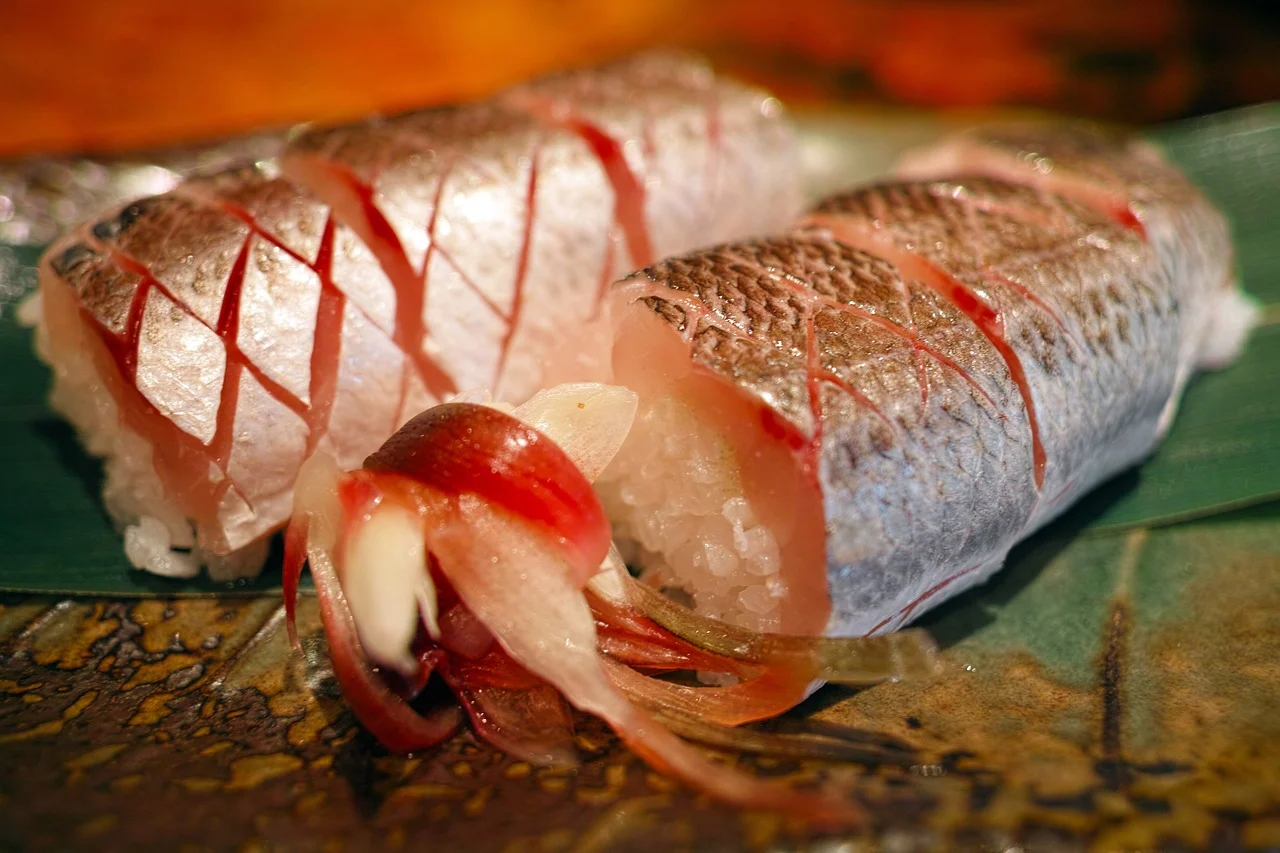Why Is The Japanese Diet So Healthy?
The Japanese diet is mostly fresh and unprocessed, and involves minimal refined sugar or processed foods.
According to a study published in the British Medical Journal, people who followed the Japanese dietary guidelines — a diet rich in grains and vegetables with modest amounts of animal products and soy but little dairy and fruit – had a lower chance of dying young from heart disease or stroke. Their day-to-day diet, which is strong in soy and seafood, may potentially play a role in lowering cardiovascular disease risk. The Japanese have the lowest obesity rates among men and women, as well as the longest life expectancy.
The Diet Helps You To Age Better
Okinawa, in southern Japan, has the world’s largest number of centenarians and the lowest rate of age-related disorders (such as diabetes, cancer, arthritis, and Alzheimer’s disease). This has been ascribed in part to their traditional Japanese diet, which is low in c alories and saturated fat but abundant in minerals, particularly phytonutrients like antioxidants and flavonoids, which are present in various colored vegetables. Phytoestrogens, or plant-based estrogens, are another type of phytoestrogen that may help protect against hormone-dependent malignancies like breast cancer. Dietary changes influenced by western culture, which have been observed in more metropolitan Japan, have had little impact on the Okinawan people’s diet.
alories and saturated fat but abundant in minerals, particularly phytonutrients like antioxidants and flavonoids, which are present in various colored vegetables. Phytoestrogens, or plant-based estrogens, are another type of phytoestrogen that may help protect against hormone-dependent malignancies like breast cancer. Dietary changes influenced by western culture, which have been observed in more metropolitan Japan, have had little impact on the Okinawan people’s diet.
The manner in which the Japanese serve their cuisine is also important. They normally eat from a tiny bowl and several various dishes, usually a bowl of rice, a bowl of miso, some fish or meat, and then two or three vegetable dishes, which are often offered communally and rotated. When it comes to treats and snacks, the Japanese believe in ‘flexible restraint,’ enjoying them on occasion but in smaller doses.
